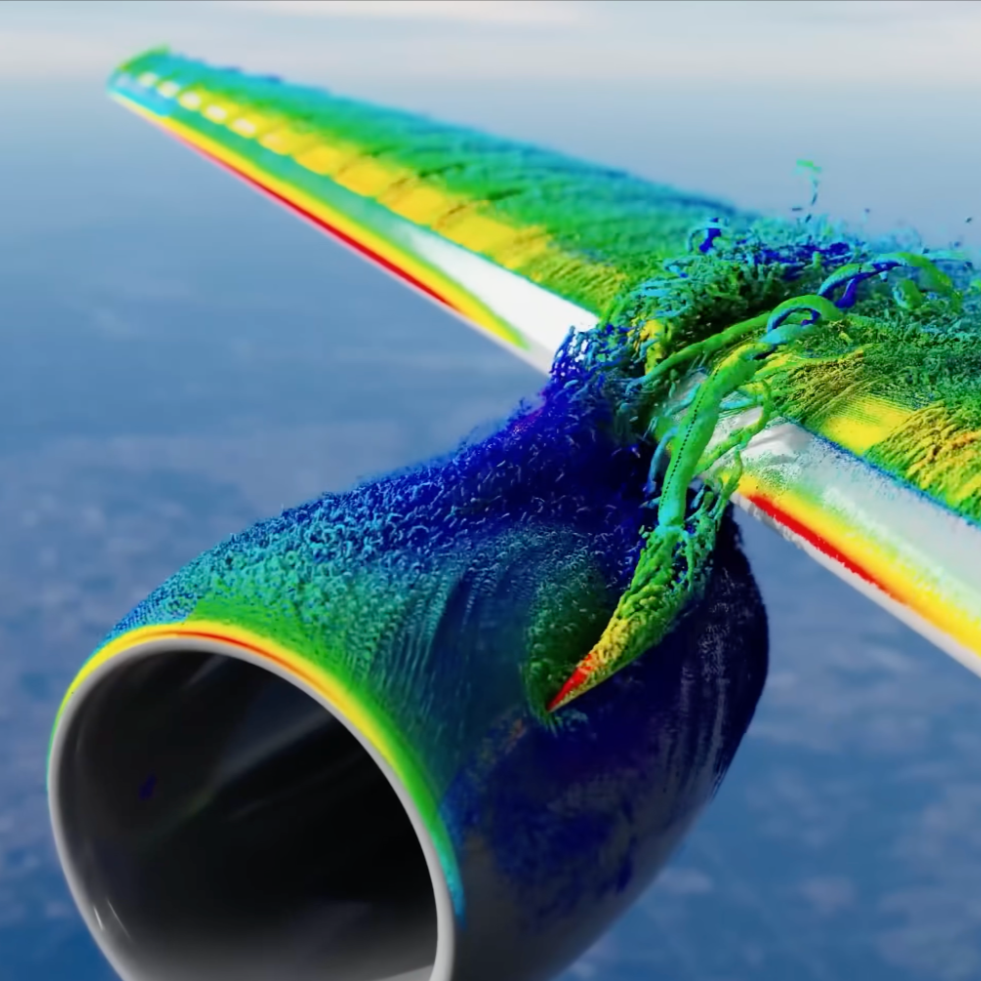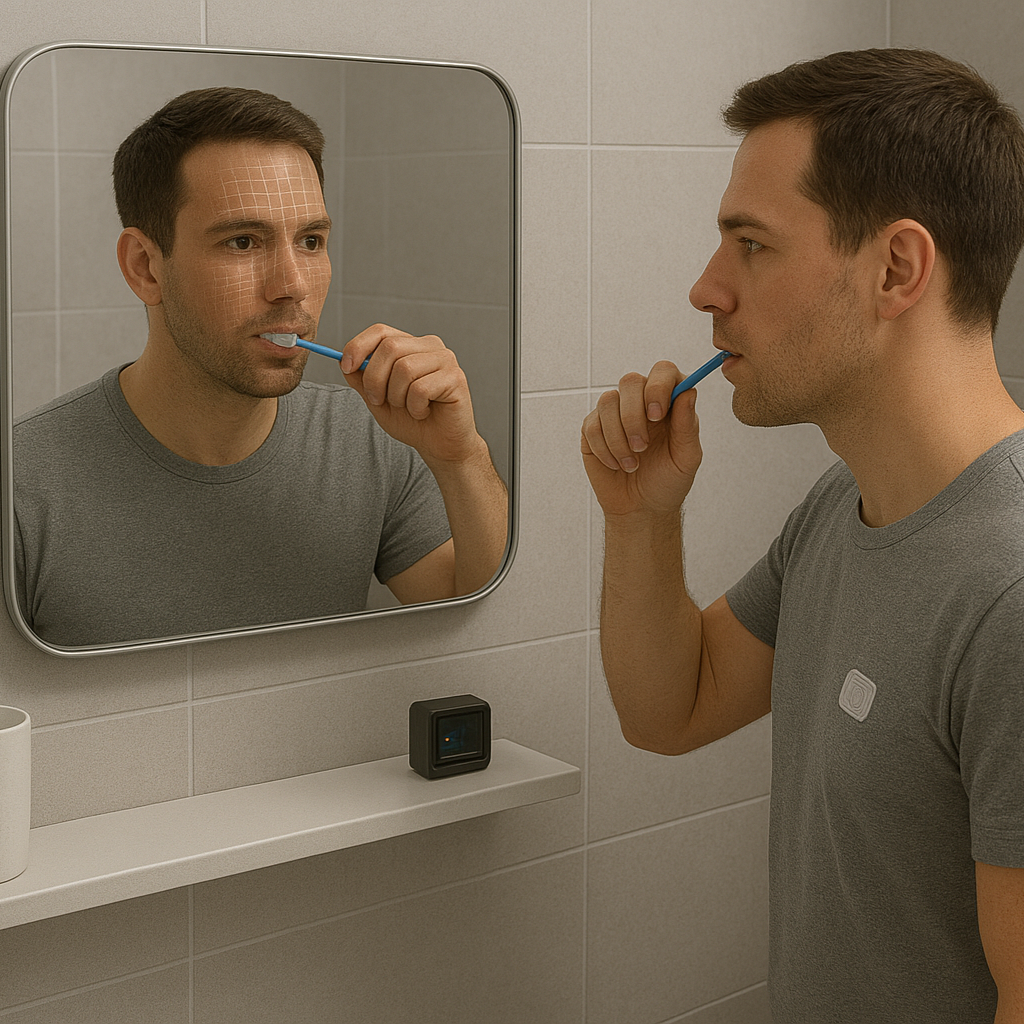LiDAR Will Be Ubiquitous – Delivering 3D Vision To Robots, Factory Automation and Consumer Electronics
/The majority of data our brains analyze is visual and typically in three dimensions. Therefore, the majority of data that artificial intelligence will analyze will be visual and in 3D. This ranges across the whole light spectrum from photos, videos, LiDAR, Radar, thermal, and much more.
More and more computers are enabled to see and analyze the world. However, there is an outstanding question on which technology will enable every robot, automobile, smart consumer device, and smartphone to perceive the world in 3D.
LiDAR technology is a key solution but adoption of LiDAR has been limited by cost and size until our LDV portfolio company Voyant Photonics.
The ubiquity of LiDAR is inevitable. Whether it’s autonomous cars that need to navigate safely around obstacles and pedestrians, robots that need to safely work side by side factory workers, or your phone that needs to understand and recognize gestures, the goal is the same. We need to optimize the way machines interact with their surrounding environments.
Here at LDV Capital, we invest in people building businesses powered by visual technologies and AI.
The most important asset in any company is the team. I have worked inside many startup teams and this is one of the most challenging aspects of building a company. We search for teams with extensive domain expertise, passion, determination, and fire in their eyes to build a valuable business and hopefully improve our world. Typically the people we invest in have an outlier perspective backed by unique domain expertise.
Voyant was founded by Chris Phare and Steve Miller, two Ph.D.’s who worked closely with leading silicon photonics expert Dr. Michal Lipson at her renowned Lipson Nanophotonics Group at Columbia University. Chris and Steve incorporated their lab research in 2018, received a DARPA grant and we were honored to invest in their $1.3M seed round led by Contour Venture in 2019. They have since built out their team, fabricated chips from a commercial, high-scale foundry, and successfully delivered a demo to validate their silicon photonics approach.
We met Chris & Steve via serial entrepreneur and investor Peter Stern when they were incorporating their research in April 2019. Their research in silicon photonics gave initial validations that they could build an exponentially smaller and affordable LiDAR based on silicon photonics which could leapfrog the competitive industry of large and small LiDAR companies.
Chris Phare, Co-founder & CEO of Voyant Photonics, shares his insights on the state of the art for LiDAR
Peter has been working with Steve and Chris Since 2018 as an advisor, and recently joined full-time as President in April 2020 after the founders successfully demonstrated their system.
Peter is a serial entrepreneur who built and sold Datek Online to Ameritrade for $1.6B and built/sold Zenbe to Facebook. Before his success in fintech and SaaS, he had a career with LiDAR and machine perception in the military. He has been actively engaged in the commercialization of active sensing technologies for the last decade.
This video demonstrates on-chip beam forming, receiving, and signal processing © Voyant
If you look at the highest performance, most advanced robots built, they use an entire suite of sensors and LiDAR technology is at the core of those sensor suites.
LiDAR today is about the size of a softball, it weighs almost a pound, and costs from $3,000 and to $100,000+ depending on the performance.
Voyant Photonics has developed a revolutionary small LiDAR on a chip with the capabilities of softball-size LiDARs built today. Such chip-scale LiDARs will be built into robotic fingers, drones, smartphones, AR glasses, and much more. This will open new possibilities from precision surgeries, to logistics, manufacturing, and 3D maps of our world in real-time.
Considering autonomous vehicles alone, the number of LiDAR sensors that need to be supplied is in the 10s of millions per year. There are few industries in the world that produce goods at these kinds of volumes. They tend to be raw materials like food, metal stock, or other commodities. In electronics, it is the semiconductor industry. For LiDAR to meet the current demand at an economically viable price point, the manufacturing of these sensors needs to replicate the volume and efficiencies reached in semiconductor production. The production of semiconductor devices has now reached trillions of units per year.
Michal Lipson’s keynote on how nanophotonics will impact society over the coming decades at LDV Vision Summit 2019
More details about why “Silicon-based LiDAR --- Silicon turns to Gold.”
Elon Musk is fond of provocative statements like “LiDAR is a Fool’s errand and anyone who uses it is doomed.” Peter Stern published a fascinating article that argues “LiDAR-on-a-Chip is Not a Fool’s Errand.”
We are thrilled to partner with the Voyant team toward their vision of enabling computers to see in 3D.













